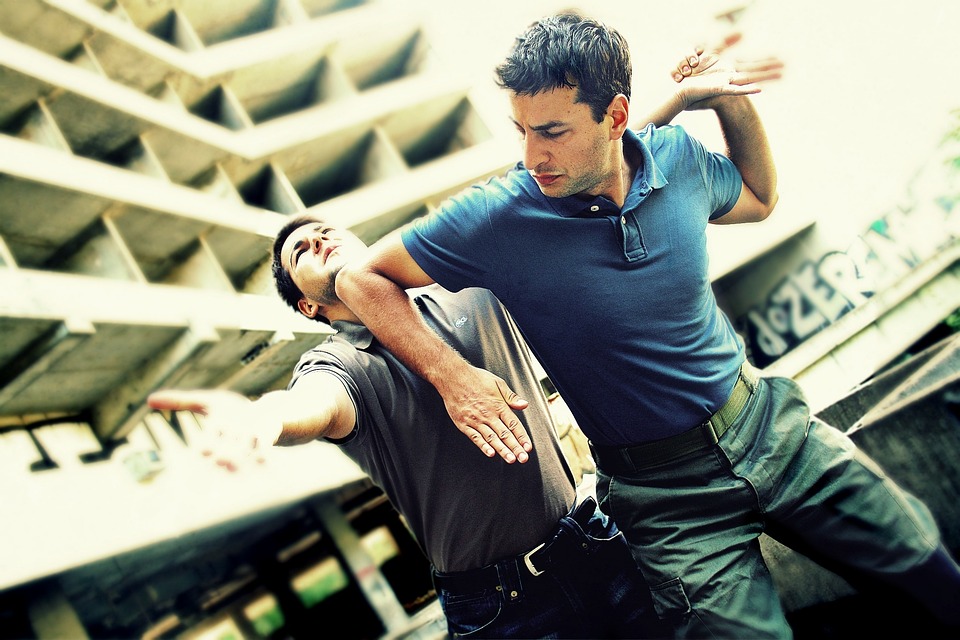In today’s world, it is essential to have the skills and knowledge to protect oneself in potentially dangerous situations. Whether you are walking alone at night, traveling to unfamiliar places, or simply want to feel more confident in your ability to defend yourself, mastering the art of combative skills is crucial. In this comprehensive guide, we will explore the fundamentals of self-defense and personal protection, providing you with the tools and techniques needed to stay safe and secure in any situation.
The Importance of Self-Defense
Self-defense is more than just a physical skill – it is a mindset and a way of life. By learning how to protect yourself and others, you not only increase your personal safety but also gain a sense of empowerment and confidence. In today’s society, where violence and crime are all too common, having the ability to defend yourself can mean the difference between life and death.
Common Questions About Self-Defense
Before we dive into the specifics of combative skills, let’s address some common questions that people often have about self-defense:
1. What is self-defense?
Self-defense is the practice of using physical force to protect oneself from harm. It can involve a variety of techniques, including striking, grappling, and evasive maneuvers.
2. Do I need to be physically fit to defend myself?
While physical fitness can certainly be an advantage in a self-defense situation, anyone can learn the necessary skills to protect themselves. With practice and dedication, you can improve your strength, agility, and coordination to become a more effective defender.
3. How can I stay safe in dangerous situations?
Being aware of your surroundings, avoiding risky situations, and trusting your instincts are all important ways to stay safe. Additionally, learning self-defense techniques can give you the confidence to protect yourself if the need arises.
Mastering Combative Skills
Now that we have established the importance of self-defense, let’s explore some key principles and techniques for mastering combative skills:
1. Awareness
The first step in self-defense is being aware of your surroundings. Pay attention to potential threats, such as suspicious individuals or dangerous situations. By staying vigilant and alert, you can avoid dangerous encounters before they escalate.
2. Confidence
Confidence is key in self-defense. By projecting a strong and assertive demeanor, you can deter potential attackers and assert your boundaries. Additionally, confidence in your abilities to defend yourself can help you stay calm and focused in high-pressure situations.
3. Technique
Learning proper self-defense techniques is essential for effectively protecting yourself. Techniques such as striking, grappling, and blocking can help you neutralize threats and escape dangerous situations. Practice these techniques regularly to build muscle memory and improve your skills.
4. Training
Regular training is crucial for mastering combative skills. Joining a self-defense class or martial arts program can provide you with the instruction and practice needed to become a proficient defender. Additionally, training with a partner can help you simulate real-life scenarios and improve your reaction time.
Personal Protection
In addition to self-defense techniques, there are several strategies you can use to enhance your personal protection:
1. Pepper Spray
Carrying pepper spray can be a valuable tool for self-defense. This non-lethal weapon can incapacitate an attacker, giving you the opportunity to escape to safety. Be sure to familiarize yourself with how to use pepper spray properly and carry it with you when walking alone or in unfamiliar areas.
2. Self-Defense Tools
There are a variety of self-defense tools available on the market, such as stun guns, tasers, and personal alarms. These tools can provide an added layer of protection in dangerous situations. However, it is important to research local laws and regulations regarding the use of self-defense tools to ensure you are in compliance.
3. Situational Awareness
Being aware of your surroundings and potential threats is crucial for personal protection. Avoiding risky situations, staying in well-lit areas, and trusting your instincts can help you stay safe and secure. Additionally, having a plan for how to respond in emergencies can give you the confidence to act decisively in dangerous situations.
Conclusion
Mastering the art of combative skills is essential for self-defense and personal protection. By developing awareness, confidence, technique, and training, you can enhance your ability to defend yourself and others in dangerous situations. Additionally, using personal protection strategies such as pepper spray, self-defense tools, and situational awareness can further enhance your safety and security. Remember, self-defense is not just a physical skill – it is a mindset and a way of life. By staying vigilant, confident, and prepared, you can protect yourself and others from harm and feel empowered in any situation.







